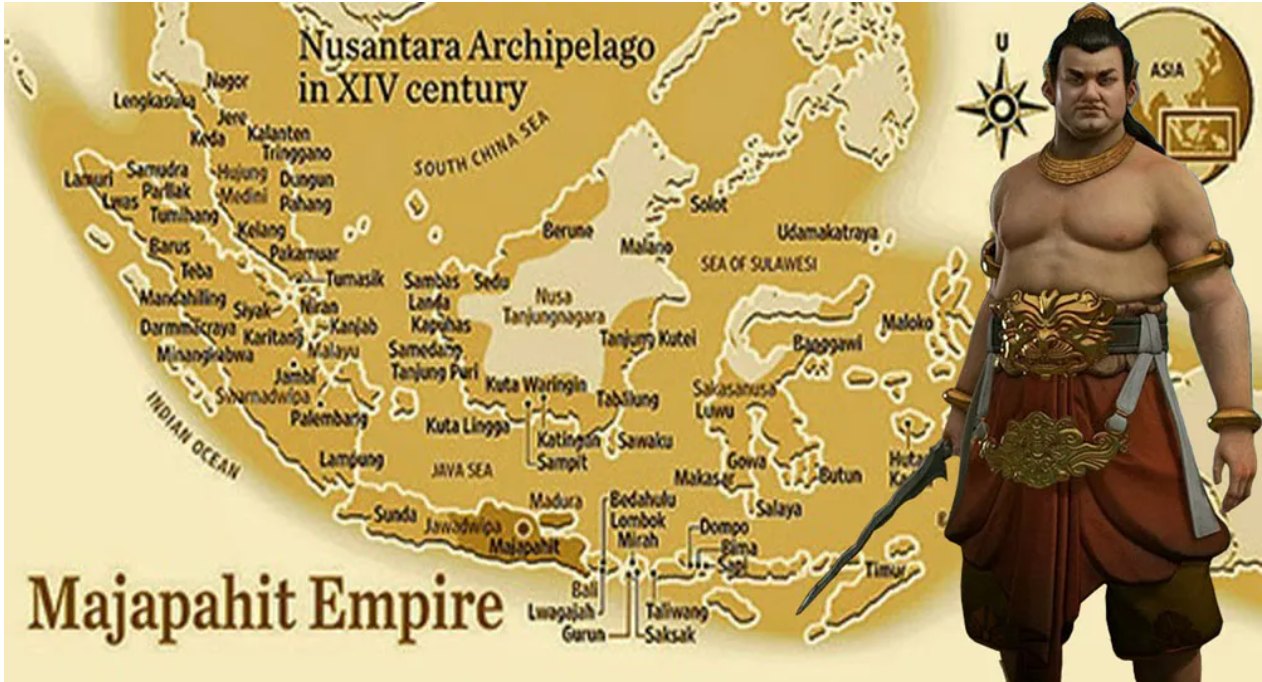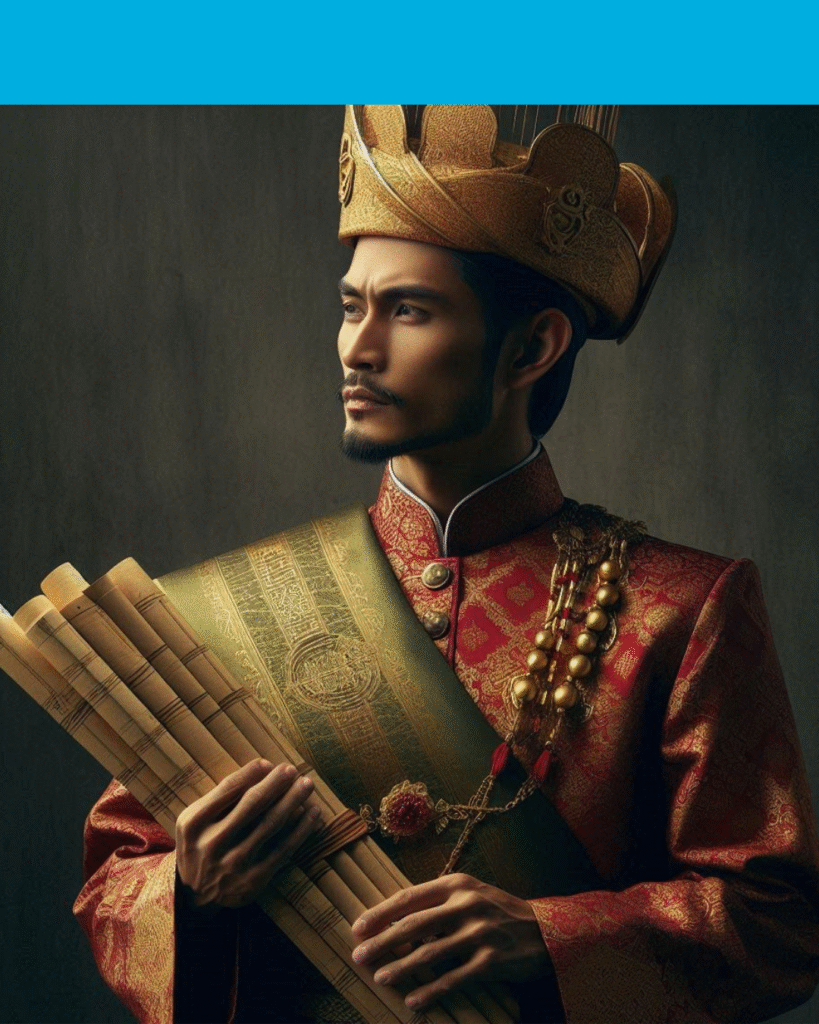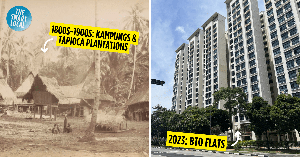
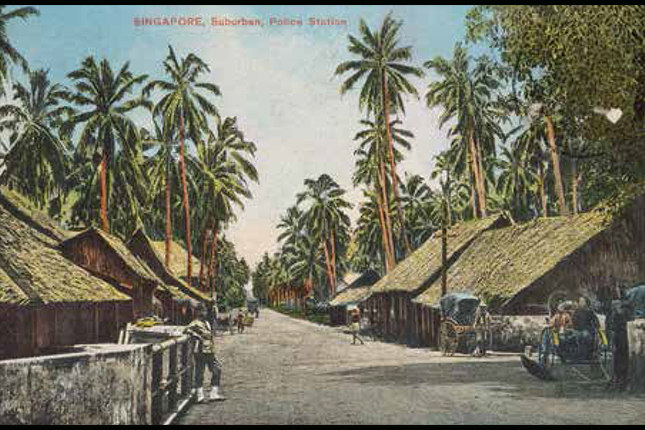
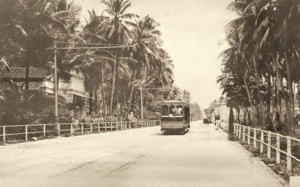

Geylang Serai’s settlement patterns evolved gradually from the 14th century, transitioning from a natural coastal and riverine environment inhabited by Orang Laut sea nomads and scattered Malay fishing communities into a structured Malay settlement primarily in the 19th century.
-
In the 14th century and earlier, the area was largely undeveloped natural landscape, with maritime nomadic communities like the Orang Laut living in floating or riverbank settlements relying on fishing and sea-based livelihoods.
-
The significant development into a settled village area began in the early 19th century, particularly from the 1840s when the British colonial administration dispersed Malay floating villages at the mouth of the Singapore River. The displaced sea nomads and Malays resettled at the mouths of the Geylang and Kallang Rivers, which emptied into what is now Kallang Basin.
-
Early settlers lived in stilt houses built over river basins, congregating along the waterways to form residential enclaves. This architectural style reflects adaptation to the coastal marshy environment.
-
The name “Geylang Serai” arose in the 19th century, related to the cultivation of lemongrass (“serai”) on large estates such as the Perseverance Estate owned by the Alsagoff family, highlighting the gradual shift toward agrarian activities.
-
By the early 20th century, Geylang developed into a Malay cultural and trading hub; Malays inhabited the eastern part (Geylang Serai) where traditional houses and agricultural uses persisted, while the western area around Geylang River saw increasing Chinese settlement with shops and commercial activity.
-
Settlement patterns showed a mix of kampong-style villages, agricultural plantations, and emerging urban building types like shophouses influenced by Chinese Baroque and Peranakan styles, evidencing urbanization over time.
-
By the mid-20th century, Geylang Serai was densely populated, evolving from rural kampong origins into a vibrant, multi-ethnic urban area while retaining its Malay cultural roots and identity as an important Malay enclave.
So, from a 14th-century landscape dominated by sea nomad and fishing communities, Geylang Serai’s settlement grew through resettlement, riverine stilt-houses, agriculture, and urban trade to become one of Singapore’s oldest and culturally significant Malay settlements by the 19th and 20th centuries.ura+2
- https://www.ura.gov.sg/Conservation-Portal/Explore/History?bldgid=GYLG
- https://www.nlb.gov.sg/main/article-detail?cmsuuid=4d7a5b2d-f5ce-4a72-a68c-9e7291aec21e
- https://www.roots.gov.sg/stories-landing/stories/community-heritage-trail-our-geylang-serai/story
- https://www.roots.gov.sg/~/media/Roots/Images/resources/muse/issues/010719_muse-magazine_vol12_issue1.pdf
- https://www.sg101.gov.sg/resources/connexionsg/ourneighbourhood-geylang/
- https://www.nhb.gov.sg/~/media/nhb/files/resources/publications/muse%20sg/032-bemuse-v9-issue-01.pdf
- https://biblioasia.nlb.gov.sg/files/pdf/BiblioAsia%20Jul%202006.pdf
- https://thesmartlocal.com/read/geylang-singapore-then-and-now/
- https://studylib.net/doc/8097561/wisma-geylang-serai—ministry-of-national-development
- https://www.cambridge.org/core/journals/modern-asian-studies/article/creating-family-networks-across-time-and-space-the-alsagoffs-in-singapore-18242009/097C5DFDB8299C375F0DBAB1FCE98BE4

